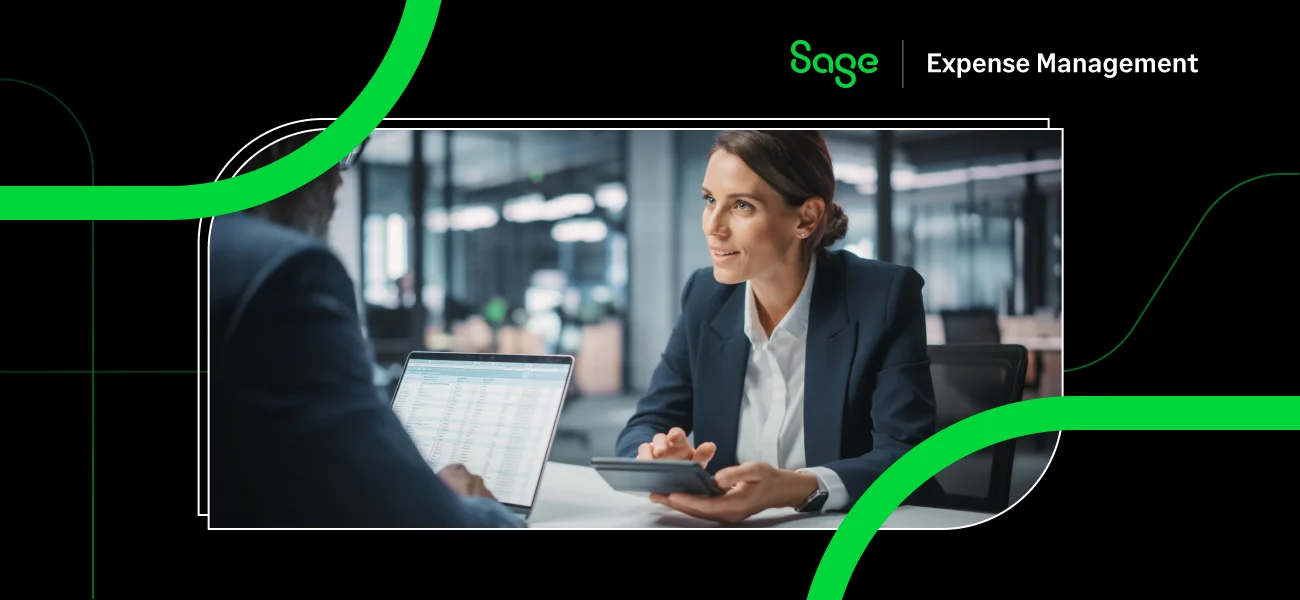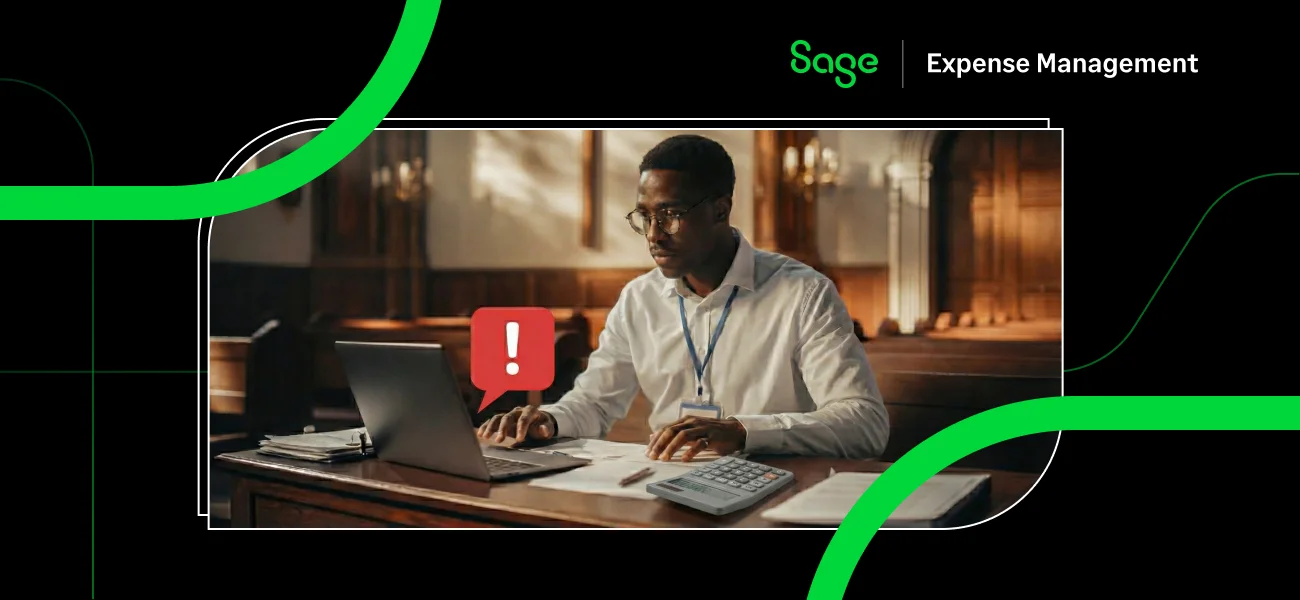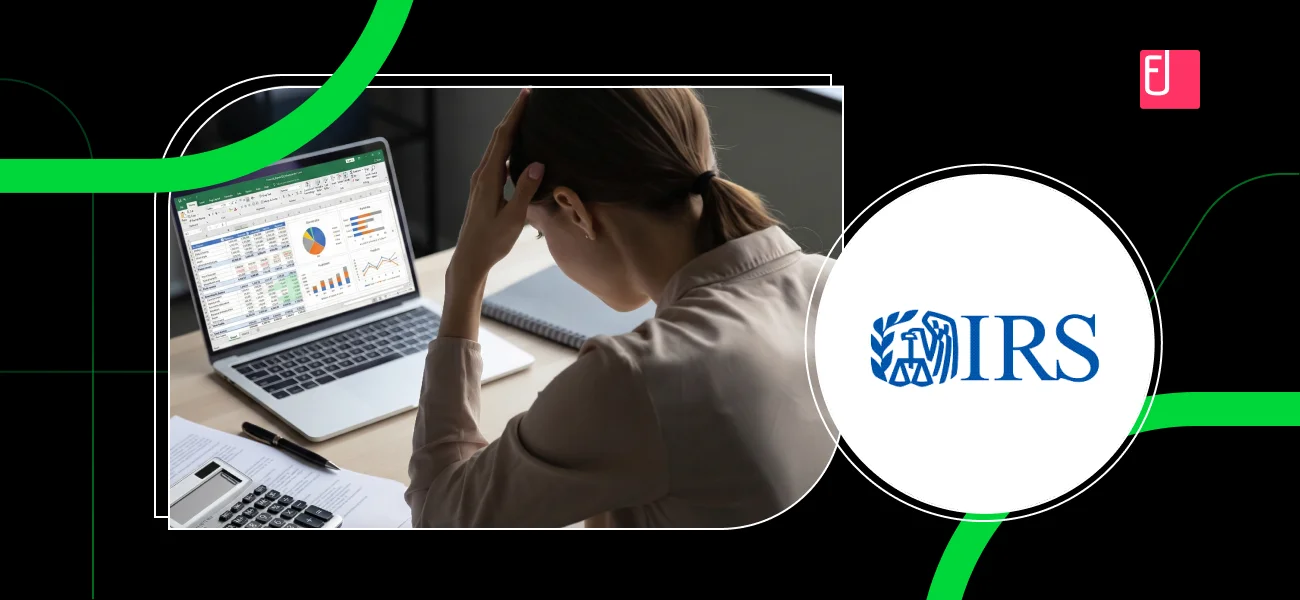While operations are now remote with the Coronavirus lockdown, so should be the process for employee expense management. Staying at home, employees cannot chase the finance department for advances and reimbursements, nor can the finance department chase employees for submission of receipts (unless, of course, they stay perpetually glued to screens doing unnecessary back-and-forth).
ACH payments can be a real boon in times like these.
In a recent update, Jane Larimer, the President, and CEO of NACHA said,
"Anything paid by Direct Deposit that is sent into the ACH system is continuing. Banks and credit unions are operating to make Direct Deposit funds available to customers on time, even when branches have limited hours or staffing."
Streamlining payments and reimbursements is important to ensure the money your employees depend on will reach them on-time, as usual.
What are ACH Payments?
Automatic Clearing House (ACH), managed by the National Automated Clearing House Association (NACHA) is a way to move money from one bank to another. In 2019, ACH moved 24.7 billion electronic payments with a total value of $55.8 trillion!
Also known as "Direct Deposits" or "Electronic Funds Transfer (EFT)," this US-only network of banks & financial institutions is becoming increasingly popular with businesses for transactions like:
- Payroll
- Recurring payments/bills
- Vendor payments
- Crowdfunding/P2P lending
- Tax payment
- Customer payment for goods & services.
With the lockdown in force, banks shut, and employees working remotely, paper checks and corporate credit cards cannot be used for managing employee expenses. Given the situation, ACH payments make recurring transactions like payroll or even vendor payments quick and easy for all stakeholders involved.
Advantages of using ACH Payments
- Automatic processing for recurring bills & payments
- Lower processing costs when compared to wire transfers
- Processing of payments in batches, reducing the involvement of individuals from finance institutions
- Reversing, stopping or cancellation of payments in case of:
- Wrong dollar amount
- Wrong account number
- Duplicate payments
- Easy receipt compliance
- Faster tax refunds
Types of ACH Payments:
The ACH network processes two kinds of ACH payments.
1. ACH Direct Deposits
Any electronic payments made by a business or government entity to consumers fall under the category of Direct Deposits. These are "pull" transactions, meaning the receiving entity or individual initiates the transaction. When you receive a Direct Deposit, you will see an ACH Credit along with the payer's details and the amount.
Put simply, you "receive" money with ACH Direct Deposits.
Types of transactions ACH Direct Deposits are commonly used for:
- Payroll
- Expenses reimbursable by employers
- Government benefits
- Tax refunds
2. ACH Direct Payments:
If you "send" money through ACH, you're making an ACH Direct Payment. Direct Payments are "push" transactions that can be used by individuals, businesses, or other organisations.
When you make a Direct Payment, you will see an ACH debit in your bank account, which shows the payee's details and amount sent.
How do ACH payments work?
Here's a simple flowchart showcasing how ACH payments are processed:

Step 1: Authorisation
Whether it is a Direct Deposit you (the originator) are making or a Direct Payment, you have to enter transaction details into your ACH processing system. Here's what you'll need to do:
- Obtain authorisation to perform transactions from receivers. Here's a sample authorisation form.
- Export data from your accounting software in the NACHA file format and upload it to your bank's portal.
Step 2: Processing
Once you have uploaded your NACHA format file to your ACH processing system, you can choose your ACH operator (Federal Reserve or Electronic Payments Network).
- In case of "push" transactions: The Originating Depository Financial Institution (ODFI, payer's bank) will debit your account before forwarding the transaction to your chosen ACH operator.
- The ACH operator then passes the transaction to the Receiving Depository Financial Institution (the payee's bank)
- In case of "pull" transactions: The Receiving Depository Financial Institution (RDFI) will debit its customer's (the payee) account upon receipt of transaction instructions from the ACH operator.
Step 3: Settlement
Once the transactions are processed, ACH operators calculate net settlement totals for their banks and submit to the Federal Reserve (the authority that manages the actual settlement process).
Post settlement, the ODFI and RDFI credit accounts of respective customers based on the type of transaction.
This is a standard process that all ACH credit and debit transactions go through.
Get your business started with ACH Payments
Here is a step-to-step guide on how to set up ACH Direct Payments:
Step 1: Finding an ACH Processor
An ACH processor is the entity that will manage and house both your business and your employees' information and handle the movement of money.
The following types of companies can help you get started:
- Merchant account provider/Credit card processor
- Business bank account provider
- Dedicated ACH processor
- Payroll/ HR software with direct deposit capabilities
- Accounting software provider
Step 2: Setup Direct Deposit Process
There are two ways in which you can do this:
1. Set up direct deposit through your bank's online portal
To ensure you will only send payments to people who have authorised them, your bank will have you sign their ACH terms and conditions form. You might also have to provide recent financial statements as proof that you have the necessary finances to set up the process.
2. Talk to your existing payroll/accounting/expense automation software providers
If you're using one of these, chances are, most of what you need is already integrated into the platform.
After set up, you will have to go through a verification process, the complexity of verification will depend on your software provider.
Post verification, your provider will withdraw a small amount from your account to test if the direct deposits are working.
Step 3: Gather employee information
The following are details you will need to collect from your employees:
- Bank account number
- Bank account type (checking/ savings)
- Bank's routing number
- Bank's name
- Name(s) of account holders listed for the account
If you already have a core HR software that employees can log into, you can have them fill these details along with an authorisation form directly in the software. This data will automatically connect to your payroll.
Step 4: Upload information to bank/payroll system
If you have a payroll system in place, you can skip reading this section.
If you are using your bank's online portal, then you will need to export this data from your accounting software in NACHA format to your bank's online system. The bank systems will be able to read this file and get everything you need to start using direct deposits ready.
Step 5: Run Payroll
Once you have uploaded your information to your bank/payroll system and are verified for direct deposits, all you need to do is set up your schedule and run payments!
This process can be followed not only for payroll but also for advances, allowances, and reimbursements. Just feed your schedule to your system and automate payments.
While payroll and allowances are generally defined and can be set to recurring cycles, reimbursements are a little tricky to handle. With factors like policy and receipt compliance coming into play, finance teams have to verify individual expense reports before they're processed. This is a very time consuming process.
How can Sage Expense Management (formerly Fyle) help with ACH Reimbursements?
Owing to the lockdown, the nature of employer-reimbursable expenses might have to change for most companies. For instance, reimbursements for travel, business lunches or food aren't required at this point - your employees are working from home and can't go out!
Instead, reimbursing internet/ broadband bills might be very useful.
With Sage Expense Management, you can edit and enforce your expense policy with ease, automate approvals and stay on top of where and how money is moving in ACH payments - all inside a unified dashboard.
Managing employee reimbursements in a timely, error-free, and IRS compliant manner is a breeze with Sage Expense Management's ACH Payments feature. Here's how:
- Automate reimbursements, so your employees never have to wait.
- Reduce processing time post-approval from weeks to 3-5 days (or even next day).
- Make multiple transactions with a single click, from your company's bank account to different employee accounts.
- View individual reports, make bulk deposits and track transaction status in real-time - all on one screen.

Click here to view the detailed process for setting up ACH Payments in Sage Expense Management.
What's more?
Employee-friendly expense management
No staff training required. Whichever device your employees choose to use Sage Expense Management on, the UI is clean and easy to understand.
Seamless integration
With direct, API, and third-party integrations, Sage Expense Management fits right into your existing accounting and ERP softwares.
Unwavering support
Our customer success team goes the extra mile to help you make Sage Expense Management just an engine running smoothly in the background. We don't want to add to your expense management woes!
We understand how difficult it can be to keep business up and running during a global pandemic. We're taking measures to ensure our clients, both existing and prospective, never have to worry about Sage Expense Management's business continuity and ability to handle scale.
If you would like to know more about our Business Continuity Plan, click here.
Or, if you would like to talk to us about how we can help your business directly, schedule a demo now!




















